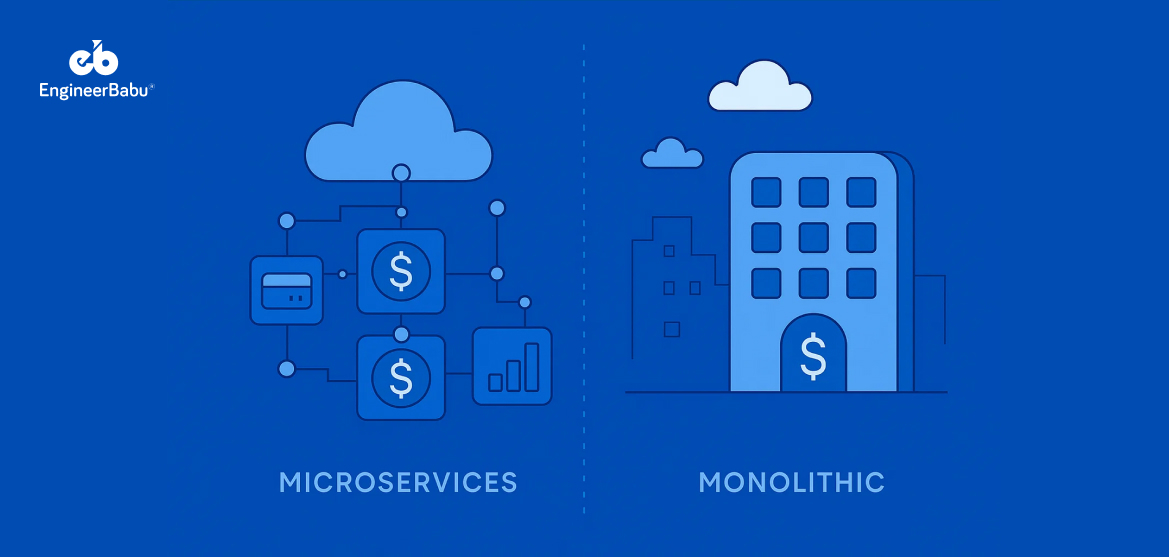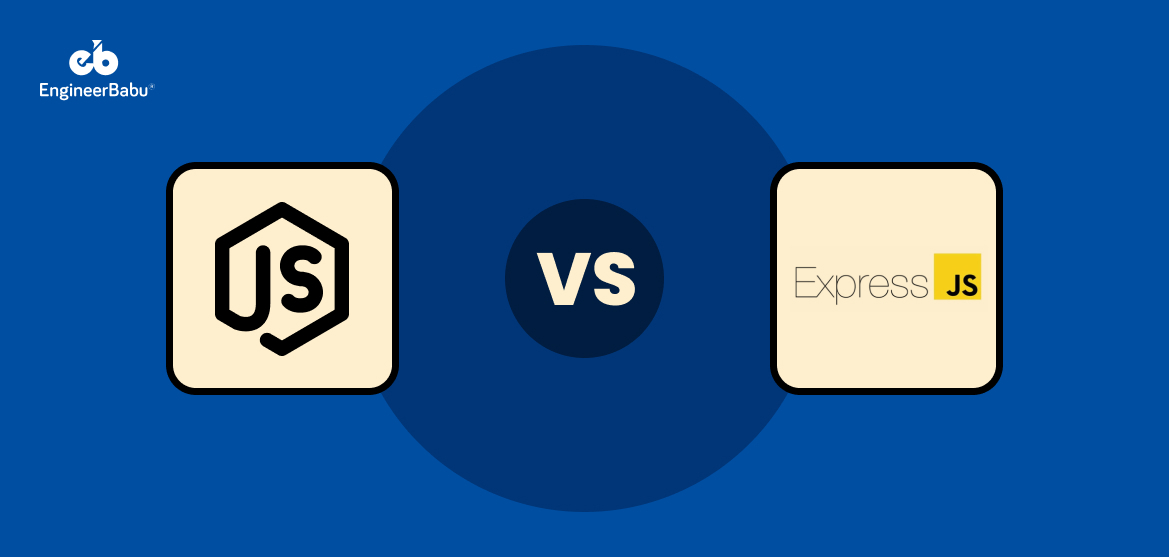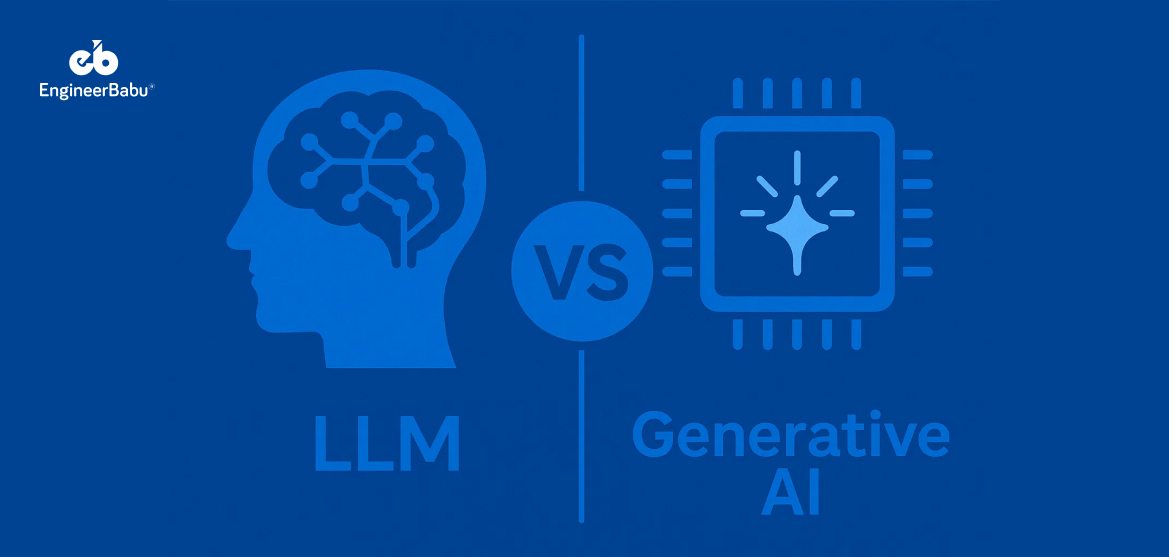In fintech, choosing the wrong architecture can derail your app before it ever reaches its full potential. For instance, relying on a monolithic structure for a global payment system can create bottlenecks, making it impossible to scale effectively. With thousands of transactions per second on the line, a rigid backend just won’t cut it. This is where the debate of monolithic vs microservices architecture in fintech apps becomes crucial for the long-term success of your platform.
The architecture you choose has a direct impact on your app’s growth. A recent study found that 53% of fintech startups outgrow their initial architecture within just two years. The question is: Will your app face this challenge sooner than expected?
In this post, we’ll dive into monolithic vs microservices architecture in fintech apps, examining how each approach impacts scalability, security, and real-world performance. By the end, you’ll have a clearer picture of which is the better fit for your app’s needs.
What is Monolithic Architecture?
Monolithic architecture is a traditional design where all the components of an application are built as one unified unit. Everything, such as the user interface, business logic, database, and integrations, are tightly integrated within a single codebase. Essentially, it’s a single, cohesive system that works as a whole.
For fintech apps, monolithic architecture means all the services, such as payment processing, user authentication, and transaction tracking, exist in one place. You don’t have to worry about managing separate services or complicated communication between them. Everything is bundled together, creating a straightforward structure.
What is Microservices Architecture?
Microservices architecture takes a completely different approach compared to monolithic design. Instead of bundling everything together in one system, microservices break an application into small, independent services that each handle a specific function. Think of each service as a mini-application, with its own data storage, logic, and fintech APIs for communication.
In fintech, this means that rather than a single large application handling everything from payment processing to user authentication, each of these functions could be handled by separate services that work together as a whole. It’s a more modular, flexible structure that allows for independent development, deployment, and scaling of individual components.
Monolithic vs Microservices Architecture for Fintech Apps: Key Differences
When choosing the right architecture for your fintech app, the decision between monolithic vs microservices architecture for fintech apps can feel overwhelming. Each approach has its strengths and weaknesses, but understanding how they differ is crucial in making the right choice for your app’s performance, scalability, and long-term success.
Let’s break down the major distinctions between these two architectures, focusing on their impact on fintech apps.
1. Scalability
Monolithic Architecture: Scaling a monolithic app is like trying to add more power to a car engine by changing the entire car. As your fintech app grows and more users start using it, the entire monolithic system has to be scaled. If your payment processing module requires more resources, scaling the entire application is necessary, even if other parts, such as user authentication, don’t need additional resources.
Microservices Architecture: With microservices architecture in fintech apps, scaling becomes much more flexible. If one part of your app – say, the payment gateway – experiences a sudden spike in traffic, you can scale just that specific service. You don’t have to worry about scaling the entire system. This modular approach makes it easier to handle fluctuating demands and ensures that resources are used efficiently.
2. Development Speed and Flexibility
Monolithic Architecture: For smaller teams or early-stage fintech apps, monolithic architecture can be faster to develop. Everything is in one place, so developers can focus on building features without worrying about complex interactions between services. However, as the app grows, adding new features or modifying existing ones can become cumbersome, especially as teams get larger and coordination between different parts of the system becomes more difficult.
Microservices Architecture: Microservices architecture in fintech apps shines when it comes to development speed and flexibility, particularly in larger teams. Since each service is independent, different teams can work on separate services simultaneously without stepping on each other’s toes. This parallel development leads to faster delivery of features and updates. Additionally, you can use the best technology for each service, making the development process more adaptable to specific requirements.
3. Fault Tolerance and Resilience
Monolithic Architecture: In a monolithic app, if one part of the system fails, it can bring the whole app down. For instance, if there’s an issue with the payment gateway in a monolithic system, it could cause downtime across the entire platform. This makes monolithic architecture less resilient to failures.
Microservices Architecture: Microservices architecture in fintech apps is inherently more resilient because it isolates failure to specific services. If one service goes down, others can continue to function normally. For fintech apps, this is crucial, as even brief downtime in payment processing can result in a significant loss of user trust and revenue. Microservices ensure that a failure in one service does not take down the entire system, which is critical for maintaining service continuity in high-stakes environments like financial transactions.
4. Maintainability and Upgrades
Monolithic Architecture: With a monolithic structure, upgrading or maintaining the app can be tricky as it grows. Any small change in one part of the codebase often impacts other parts, making it harder to update without unintended side effects. If you need to patch a bug in the payment processing module, you might have to go through the whole system to ensure it doesn’t break anything else, increasing the complexity and risk.
Microservices Architecture: In a microservices architecture in fintech apps, maintenance is simpler. Each service operates independently, so updates or bug fixes can be made to a single service without affecting the rest of the app. If you need to improve the fraud detection system, for example, you can update or replace just that service without touching the payment processing or authentication services. This modularity simplifies long-term maintenance and reduces the risk of introducing new issues when making changes.
5. Cost and Resource Efficiency
Monolithic Architecture: In the early stages, a monolithic architecture is often more cost-effective. It’s simpler to deploy, with fewer moving parts, so the infrastructure and resource needs are relatively minimal. However, as the app scales, you may end up overprovisioning resources to handle the entire application, which can become inefficient and costly over time.
Microservices Architecture: While microservices architecture in fintech apps can require more upfront investment in infrastructure, it is generally more resource-efficient in the long run. Since services can be scaled independently, resources are allocated based on demand, leading to better utilization of computing power. You can scale individual services up or down, ensuring that you’re only using resources where and when they’re needed.
6. Security
Monolithic Architecture: Monolithic systems can be easier to secure in some respects because there’s only one codebase and a single point of entry. However, if a vulnerability is found in one part of the system, it can potentially compromise the entire application. In fintech, where data security is critical, this presents a risk.
Microservices Architecture: Microservices architecture in fintech apps offers more granular control over security. Since each service operates independently, you can apply specific security measures to each one based on its function. For example, the payment processing service might have stricter security protocols than the user authentication service. This makes it easier to tailor security measures to the specific needs of each service, reducing the overall risk to the system.
Conclusion: Which Architecture is Right for Your Fintech App?
The choice between monolithic vs microservices architecture in fintech apps ultimately depends on your current needs and future growth plans. If you’re in the early stages of building your fintech app, a monolithic architecture might be faster to develop and easier to manage. However, as your app grows and requires more scalability, flexibility, and resilience, a microservices architecture in fintech apps becomes a more sustainable choice.
Each architecture has its place in the fintech world, and understanding the differences will help you choose the best one for your app’s needs.
FAQs
1. What is the difference between monolithic and microservices architecture in fintech apps?
Monolithic architecture refers to an application built as a single, unified unit where all components (like payment processing, user authentication, and data storage) are tightly integrated. Microservices architecture, on the other hand, breaks an app into smaller, independent services that work together but can be developed, deployed, and scaled separately. For fintech apps, microservices offer more flexibility and scalability, while monolithic architecture can be simpler and faster to develop in the initial stages.
2. Which architecture is better for scaling a fintech app: monolithic or microservices?
Microservices architecture is generally better for scaling fintech apps. Since each service in a microservices setup operates independently, you can scale only the services that require more resources (like payment processing), without needing to scale the entire application. In contrast, with monolithic architecture, scaling means duplicating the entire system, even parts that may not need it, which can be inefficient.
3. Is monolithic architecture suitable for small fintech startups?
Yes, monolithic architecture can be a good choice for small fintech startups, especially in the early stages. It allows for faster development and is easier to manage when the app’s user base is still small. However, as the startup grows and the application needs to handle more complex operations or larger user volumes, it may hit limitations in terms of scalability and flexibility, at which point transitioning to a microservices architecture could be beneficial.
4. How does security differ in monolithic vs microservices architecture for fintech apps?
In monolithic architecture, security is centralized since there is a single codebase and entry point. However, a vulnerability in one part of the system can expose the entire app to risk. In microservices architecture, security can be more granular, with each service having its own security measures. This reduces the impact of a breach in one service on the overall system, making microservices potentially more secure for large-scale fintech apps.
5. Can a fintech app switch from a monolithic to a microservices architecture?
Yes, it is possible for a fintech app to transition from monolithic to microservices architecture. This process is typically gradual, starting by isolating specific functions (like payment processing) into separate microservices. However, this migration requires careful planning and execution to avoid downtime or disruptions. The flexibility of microservices allows for incremental scaling and updating without needing to rebuild the entire system.
6. Does EngineerBabu offer fintech app development services with microservices architecture?
Yes. EngineerBabu specializes in building fintech applications using both monolithic and microservices architecture, depending on the client’s stage and requirements. For early-stage startups, they can deliver efficient monolithic systems that are quick to launch. For scaling fintech platforms that need resilience and high transaction throughput, EngineerBabu designs microservices-based solutions with features like modular payment gateways, fraud detection, and compliance-ready data handling.




